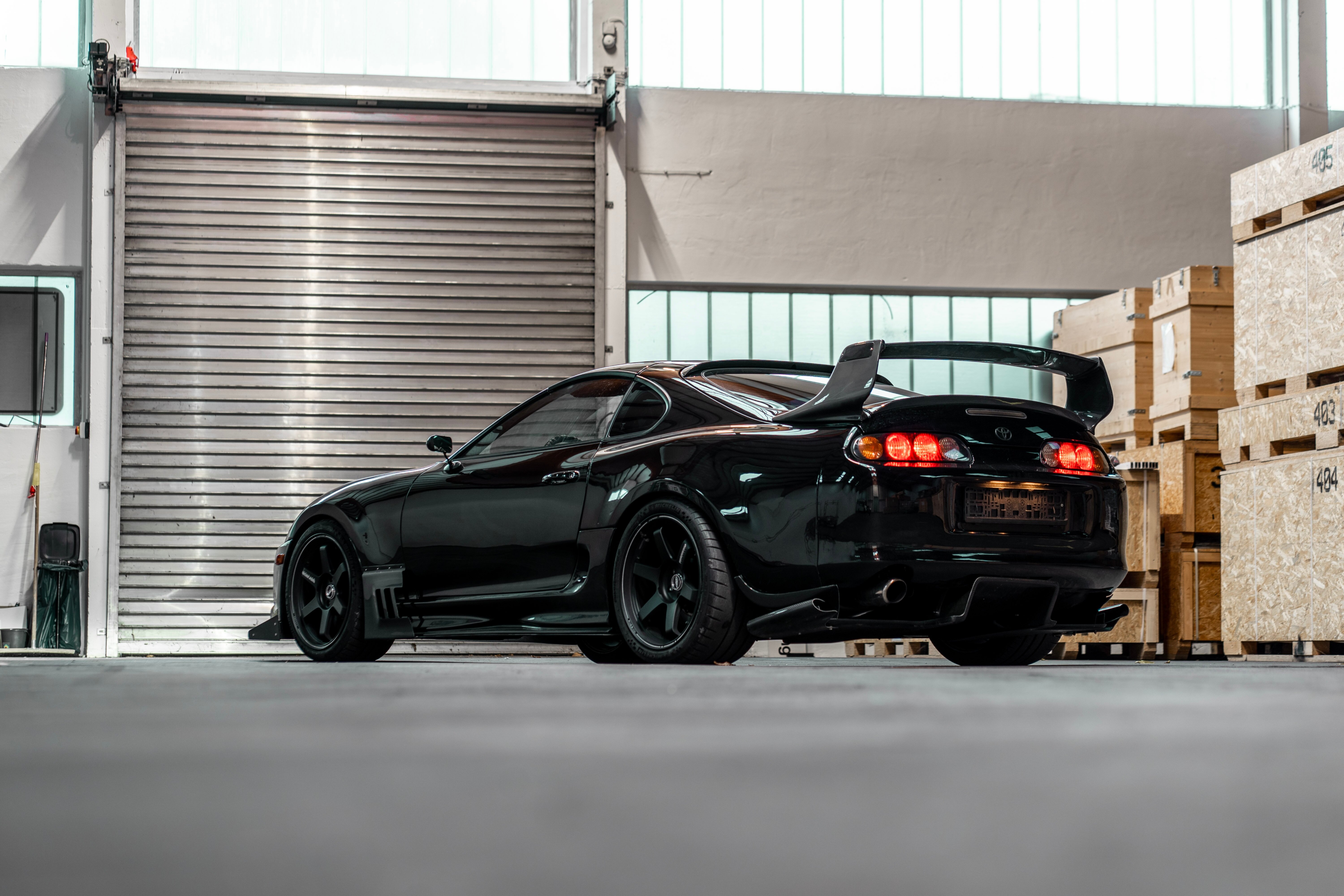Used Not Abused: The Coolest Hand-Me-Down Cars Flooding US Roads in 2023

The current flow of vehicles on American thoroughfares presents a fascinating study in material science, economic cycles, and personal utility. I've been tracking the demographic shifts in vehicle ownership, and what's emerging isn't just a preference for cheaper transport, but a distinct appreciation for well-maintained machinery that has already absorbed its steepest depreciation curve. We are observing a secondary market surge, not for the latest electric novelty, but for internal combustion engines from the mid-to-late 2010s that appear to be functioning far beyond their initial expected service life. This suggests something important about build quality from that specific era, or perhaps a change in how owners are treating these assets once they transition out of the primary buyer pool.
Let's consider the data points I’ve been compiling regarding maintenance records versus reported mileage. There’s a clear divergence from historical trends where vehicles over ten years old often exhibited exponential failure rates; that curve seems flatter now. I suspect this phenomenon is driven by a combination of better initial component quality—especially within certain Japanese and German premium brands—and a more informed user base utilizing readily available diagnostic tools. When a vehicle is purchased secondhand, the new custodian often treats it with a heightened sense of responsibility, knowing replacement costs are substantial. It’s less disposable transportation and more of a long-term commitment, which changes operational behavior immediately.
The first category that demands attention consists of those mainstream crossovers, specifically those built between 2015 and 2018, often equipped with naturally aspirated V6 or robust four-cylinder powertrains. I've seen surprisingly low instances of major transmission failures in certain models, provided the scheduled fluid changes were performed religiously, even if slightly overdue. These vehicles often possess just enough modern safety apparatus—like backup cameras and basic stability control—to satisfy contemporary legal requirements without saddling the chassis with the heavy, proprietary electronic baggage that plagues the newest generations. Furthermore, the parts ecosystem for these specific model years is incredibly mature; aftermarket components are plentiful, often meeting or exceeding original equipment specifications at a fraction of the dealership markup. This maturity in the repair chain keeps these hand-me-downs economically viable for a much longer duration than their predecessors. Reflect for a moment on the cost of replacing a single sensor array on a current EV versus the simple mechanical replacement costs associated with a 2016 sedan. The math heavily favors the older, simpler architecture for the budget-conscious owner who prefers wrenching over leasing.
Then there is the curious case of the slightly older, performance-oriented sedans and coupes, typically those exiting their third or fourth owners. These are the machines that often receive the most scrutiny regarding abuse, yet many are emerging remarkably sound, sometimes with verifiable service documentation showing meticulous care from enthusiasts who simply moved onto the next platform. I'm focusing specifically on models where the engine architecture was known to be overbuilt from the factory, perhaps designed with a 20% power headroom that was never truly utilized by the average suburban driver. When these cars land in the hands of a practical second-tier owner, they are often driven gently, avoiding the high-stress driving conditions that typically precipitate catastrophic failure in turbocharged or high-revving designs. What’s interesting here is that the initial high price point of these vehicles often correlates with higher initial specification levels—better brakes, superior cooling systems, and more robust internal rotating assemblies—components that continue to pay dividends years later. We must separate the perception of hard driving from the reality of the vehicle’s actual operational profile over a decade. Many of these cars spent their first five years commuting slowly, absorbing miles without ever seeing a racetrack or an aggressive downshift sequence.
More Posts from tunedbyai.io:
- →Full Charge Ahead: Honda's Bold 184 Billion Yen EV Plan Powers Up
- →Shiny New Rides: Checking Out the 25 Most Popular Cars, Trucks, and SUVs Taking 2023 by Storm
- → Exploring the Honda Civic Type R's Priceless Performance and Design
- →Ditch the Detailing Debt: Why Brake Cleaner is the Swiss Army Knife of Car Care
- →Sleek and Sexy: Mazda's All-New CX70 Marks a Stylish New Chapter
- →Tire-d of Surprises? Tuesday Tune-Ups Teach Preventative Care